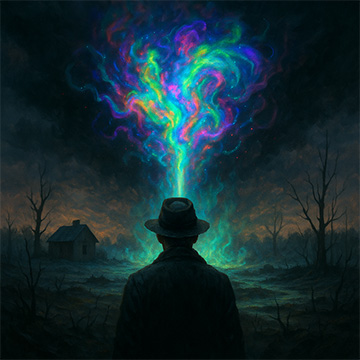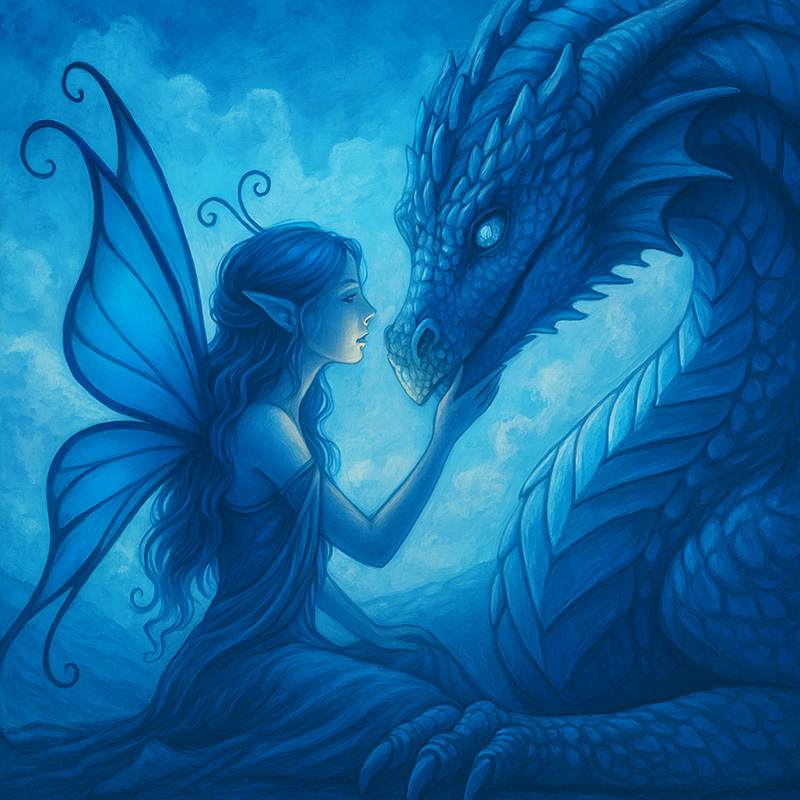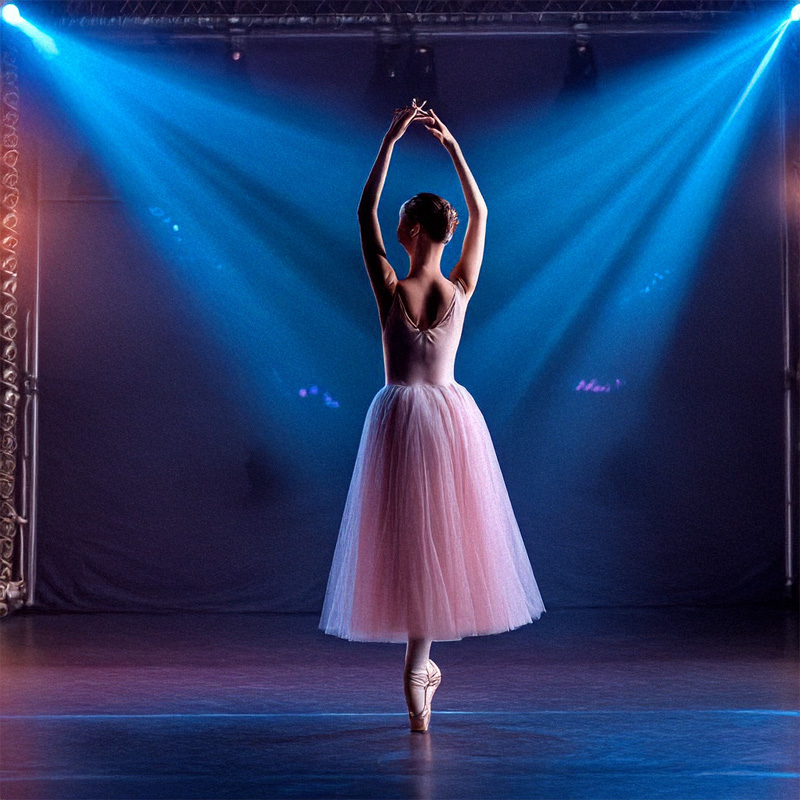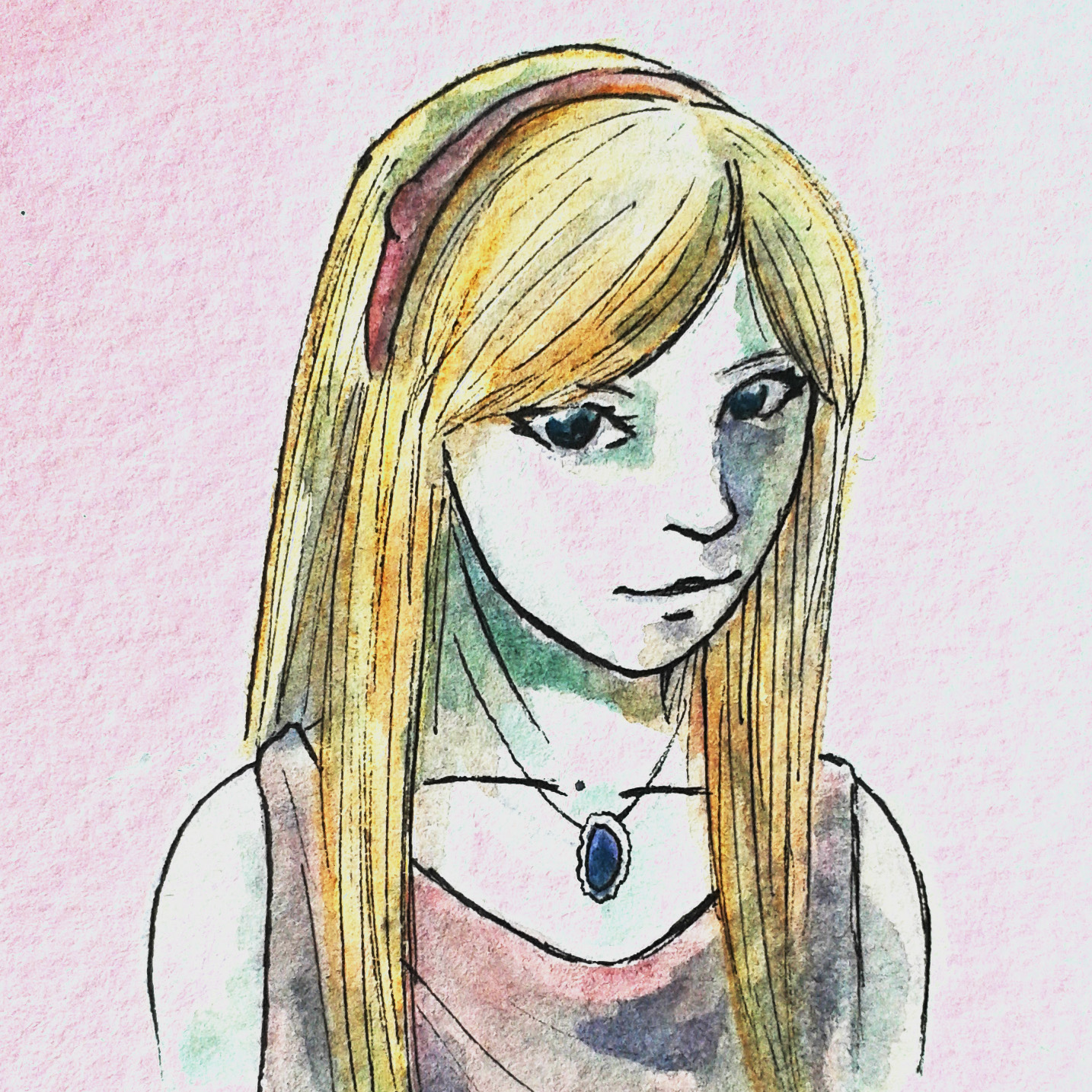Author: Tara Maya
-

Cottagecore: Cozy Fantasy as Fashion
My daughter has reached that age (9) when she’s suddenly all about the “aesthetic” and the “fits.” Gen Z is the undisputed master of aesthetics, and the internet (especially TikTok, Pinterest, and Tumblr) has spawned an ever-expanding galaxy of them. Each one is like a tiny self-contained world—with its own colors, vibes, fashion, music, and emotional…
-

Eldritch Horrors
I was rewatching HBO’s Chernobyl, a five-part miniseries dramatizing the 1986 nuclear disaster, with my oldest son, who hadn’t seen it yet. If any scenario captures my idea of hell itself belching out of its bindings to vomit suffering on the earth, it’s a broken nuclear core. Last time I watched it, I was outlining sequels…
-

Dictating a Novel – Why?
This Nanowrimo, I’m going to use a lot of dictation to work on my novel. This isn’t something I started just for Nano. I’ve been training myself to do more writing through dictation for about a year now. It’s not been easy for me, I’ll be honest. I’m not the kind of person who thinks…
-

Should you join Nanowrimo if you’re in the middle of writing a book already?
We all know that if you’ve never written a novel before, November has become the month to start, thanks to Nanowrimo. But what if you have written a novel before–or at least, already started one? What if you’re already in the middle of writing a novel? Is it useful for you to join in all…
-

Moving to Minds
I’m currently not blogging, but I am trying to freshen up this website, so the links and images all work. I’ll be cycling through broken links slowly, as I have time. On Social Media, you can join me on Minds: https://www.minds.com/TaraMaya I know, I know…a new social media site?! I am still on Twitter and…
-

9 Essential Elements of a Scene
Some scenes are easy to write. They just flow naturally from the scene before. They seem to pour out of your fingers.You know the kind of scene I mean. It’s easy to write from beginning to end, it has a natural arc, it has a natural conflict. I love writing scenes like that. I’m sure…
-

I’m Back At Work Writing, Blogging…and now Vlogging
I’m back from maternity leave and I’ll be popping up on my blog and on YouTube. I’m writing full time again…YAY! I’m so excited and pleased to be back in the saddle. In a fit of enthusiasm, I vowed to start vlogging every day, and, indeed, recorded a week’s worth of material in…
-

We Are Blogging Again
Around the time that my daughter was born–gosh, more than six months ago now–my blog went KABLOOIE! And I haven’t blogged since. But, never fear, I’m back. As usual, my blog posts will be occasional, squeezed in between making sure my six-month-old doesn’t swallow arsenic and trying to work on Book 8 of The Unfinished…
-

How to Use Reiteration in Romance
Staurt Horwitz in his book Book Architecture makes the case for using Reiterations to create structure for a novel without tying yourself to a linear outline. Especially if you’re writing a literary book, a book with multiple viewpoint characters or multiple timelines, this method is gold. Horwitz is weak on one point where Coyne is…
